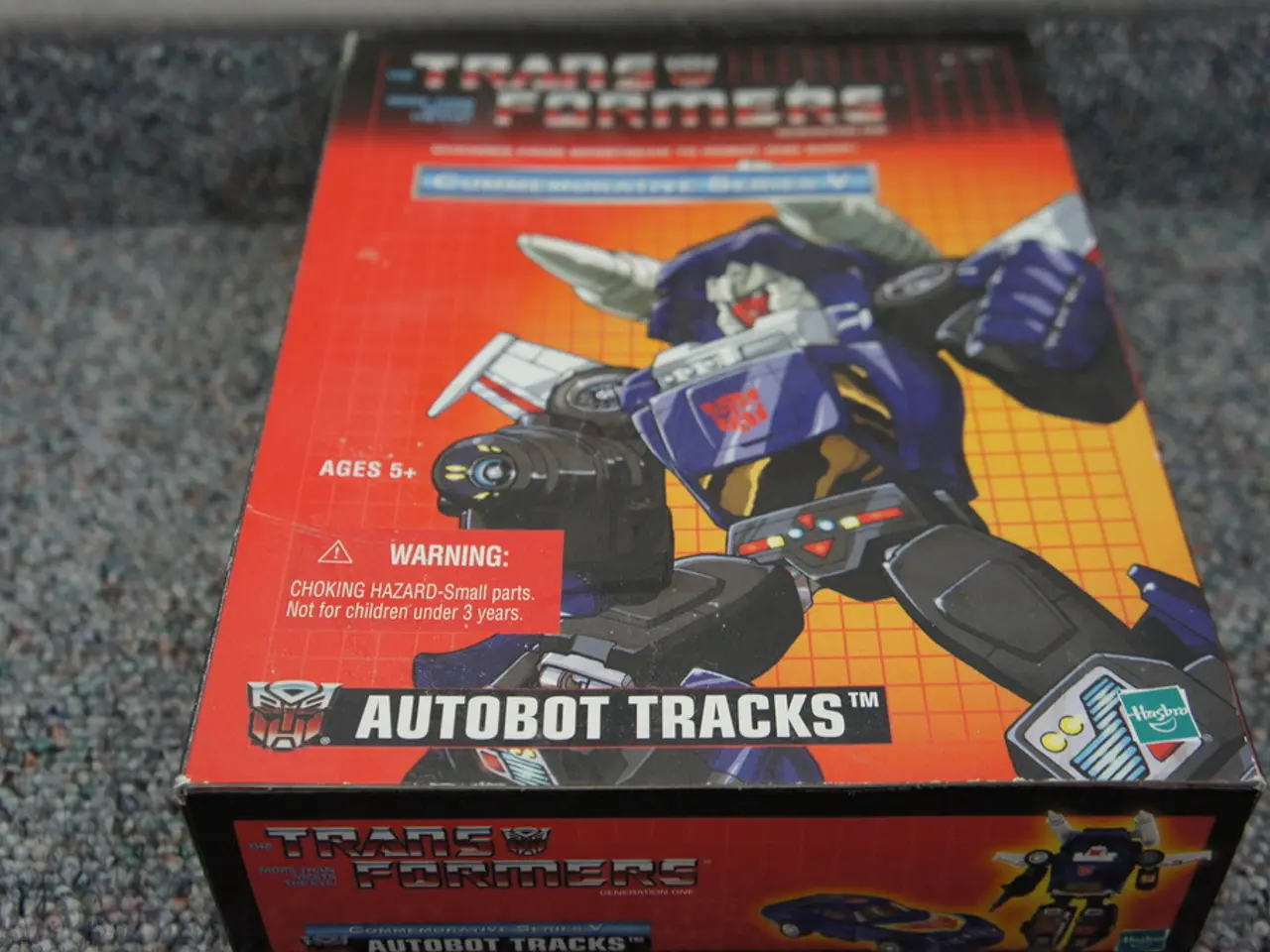Improved System Upkeep: Boosting Operational Efficiency Through Automation
In the rapidly evolving world of business, automated maintenance is making a significant impact, allowing employees to focus on critical aspects of their operations while technology takes care of routine tasks. This shift, driven by the integration of artificial intelligence (AI) and machine learning (ML), is transforming industries across the globe, particularly in manufacturing, healthcare, and those requiring 24/7 operation.
The integration of AI and ML greatly enhances the efficacy of automated maintenance systems. By analyzing large volumes of sensor and operational data in real-time, these advanced systems are revolutionizing maintenance strategies from reactive or scheduled approaches to more proactive and predictive models.
One of the key benefits of AI-powered systems is predictive maintenance. Machine learning algorithms analyze patterns from real-time sensor data, such as vibration, temperature, pressure, and flow rates, and historical maintenance records to predict when equipment is likely to fail or degrade. This enables timely interventions before breakdowns occur, reducing unexpected downtime and costly repairs.
AI-driven forecasts also help prioritize maintenance tasks and allocate workforce efficiently, minimizing labor hours and avoiding unnecessary part replacements. The result is increased equipment reliability and availability, with operational uptime improving by 10-20% or more.
Advanced fault detection and anomaly identification are other significant advantages of AI-powered maintenance. AI detects subtle deviations from normal operating conditions that traditional monitoring would miss, such as early changes in vibration or temperature that signal wear or impending failure.
AI is also being combined with digital twins—virtual replicas of assets—to simulate future behaviors and test maintenance scenarios, further optimizing decision-making. This integration is particularly beneficial in industries like oil and gas or manufacturing.
The impact of AI and machine learning on automated maintenance systems is transformational, enabling a shift to smarter, data-driven, and predictive maintenance. This approach reduces costs, minimizes downtime, maximizes asset value, and improves safety across sectors such as manufacturing, oil and gas, building management, and more.
Automated maintenance is not just about cost savings. It's about embracing technology to stay competitive and sustainable in the modern world. By detecting issues early and performing preventive maintenance, automated systems can extend the lifespan of equipment, contributing to sustainability goals by optimizing energy use and reducing waste.
Moreover, automated maintenance can reduce the need for human intervention in potentially hazardous environments, minimizing the risk of accidents and injuries. The high initial costs of implementing an automated maintenance system can be offset by long-term benefits such as extended equipment lifespan and minimized downtime.
In conclusion, the future of maintenance lies in the hands of AI and machine learning. As technology continues to evolve, we can expect to see even more sophisticated automated maintenance systems, integrating IoT and smart sensors, and autonomous systems, leading to a more efficient, sustainable, and safer world.
- The integration of AI and machine learning in the manufacturing industry is revolutionizing maintenance strategies, transitioning from reactive and scheduled approaches to more proactive and predictive models.
- Predictive maintenance, enabled by AI-powered systems, analyzes sensor data and maintenance records to identify when equipment is likely to fail or degrade, allowing for timely interventions and minimizing unexpected downtime.
- AI-driven forecasts also help prioritize maintenance tasks, allocate workforce efficiently, and optimize decision-making in industries like oil and gas or manufacturing, leading to increased equipment reliability and availability.
- By detecting issues early and performing preventive maintenance, automated systems can extend the lifespan of equipment, contributing to sustainability goals by optimizing energy use and reducing waste, while also minimizing the risk of accidents and injuries.




